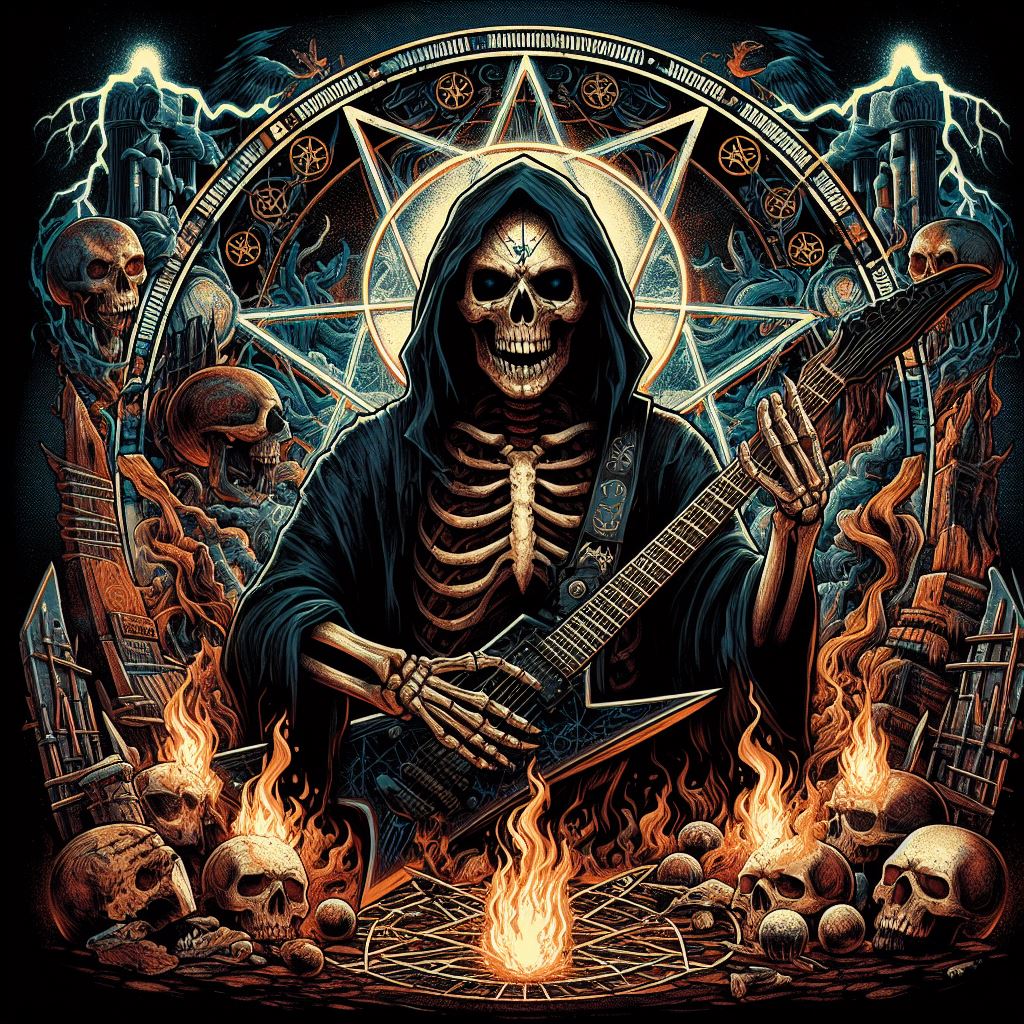The Abbey: Unveiling the Enigmatic History of a Metal Sensation
In the vast and ever-evolving landscape of heavy metal music, certain bands rise to prominence not only for their sound but for their enigmatic mystique. The Abbey is one such band that has captivated audiences with their unique blend of dark, atmospheric metal and haunting melodies. Formed in the late 1990s in a small town in England, The Abbey quickly made a name for themselves with their brooding lyrics, intricate guitar work, and powerful stage presence.
The band’s origins can be traced back to childhood friends and founding members, vocalist Aiden Blackwood and guitarist Eric Thorn. Bonded by their shared love for metal music, the duo spent countless hours honing their craft in a run-down garage, dreaming of one day making it big in the music industry. Their perseverance and dedication paid off when they were joined by bassist Lily Nightshade and drummer Alex Steel, completing the lineup that would become The Abbey.
With influences ranging from classic metal acts like Black Sabbath and Iron Maiden to more contemporary bands such as Opeth and Katatonia, The Abbey set out to carve their own path in the metal scene. Their debut album, “Shadows of the Soul,” released in 2001, showcased their signature sound – a fusion of melodic riffs, symphonic elements, and Blackwood’s haunting vocals that spoke of inner turmoil and existential dread.
The Abbey’s music struck a chord with fans and critics alike, earning them a loyal following and critical acclaim. Songs like “Eternal Night” and “The Raven’s Call” became anthems for a generation of metalheads searching for depth and emotion in their music. The band’s live performances were equally mesmerizing, with Blackwood’s commanding stage presence and Thorn’s blistering guitar solos leaving audiences in awe.
Despite their success, The Abbey faced internal struggles that threatened to tear the band apart. Personal demons and creative differences led to tension within the group, culminating in a period of uncertainty and introspection. However, instead of succumbing to the pressures of fame, The Abbey emerged stronger and more determined than ever.
In 2005, the band released their sophomore album, “Echoes of Eternity,” a darker and more introspective record that delved deeper into themes of loss, redemption, and the passage of time. Tracks like “Forgotten Dreams” and “Whispers in the Dark” showcased The Abbey’s evolution as musicians and storytellers, drawing listeners into a world of shadows and light.
As The Abbey continued to push the boundaries of their sound, they embarked on a series of successful tours across Europe and North America, solidifying their reputation as a force to be reckoned with in the metal world. Their music resonated with a diverse audience, from die-hard metalheads to casual listeners drawn in by the band’s haunting melodies and poetic lyrics.
Today, The Abbey stands as a testament to the enduring power of music to transcend boundaries and connect with people on a deep emotional level. With each album and live performance, they continue to push the boundaries of their genre, exploring new sonic territories while staying true to their roots. The Abbey’s enigmatic history is a testament to the enduring legacy of metal music and the transformative power of art to inspire, provoke, and move us in ways we never thought possible.
